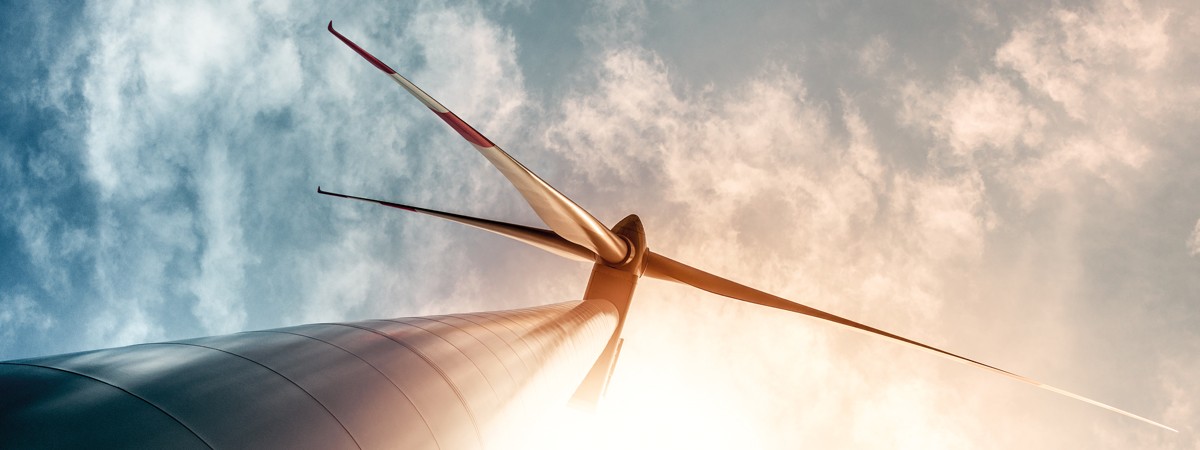One of the biggest challenges in transport logistics is transporting rotor blades for wind turbines from the manufacturer's location to the site of installation. This is because windmill blades are true giants: when the big boom in wind energy began in the early 2000s, a rotor blade was on average about 25 meters long. Nowadays, it is almost 70 meters for new turbines on land and over 80 meters at sea.
Eighteen times acceleration due to gravity
Even the largest rotor blades, however, weigh no more than about 25 tons and are still incredibly stable. Wind speeds of more than 350 kilometers per hour occur at the rotor tips; the centrifugal forces there correspond to eighteen times gravitational acceleration. To ensure the greatest possible energy yield, the giant wings must also deform only minimally. They owe their strength to their material and to a sophisticated manufacturing process. Nonwovens made of glass and carbon fibers are reinforced with balsa wood or foam materials, impregnated with synthetic resin and "baked" into a solid composite.Degassing and infusion
Vacuum is used twice in this process. First, the resin mass needs to be degassed because it usually contains small air bubbles that interfere with the next production step and affect the strength of the overall composite after curing. Therefore, the resin is exposed to a vacuum that reliably removes all air pockets.The next step is vacuum infusion: the preformed component is sealed with a vacuum foil and evacuated. Now the atmospheric pressure can press the heated, liquid synthetic resin into the smallest pores of the sandwich composite. Various vacuum solutions from BUSCH are used in these processes. Even the pre-preg process cannot function without vacuum. Here, the fiber mats of the composite material were already impregnated with resin before assembly. To ensure that the resin is optimally distributed during curing under pressure and heat, the composite is also deaerated by vacuum beforehand.
